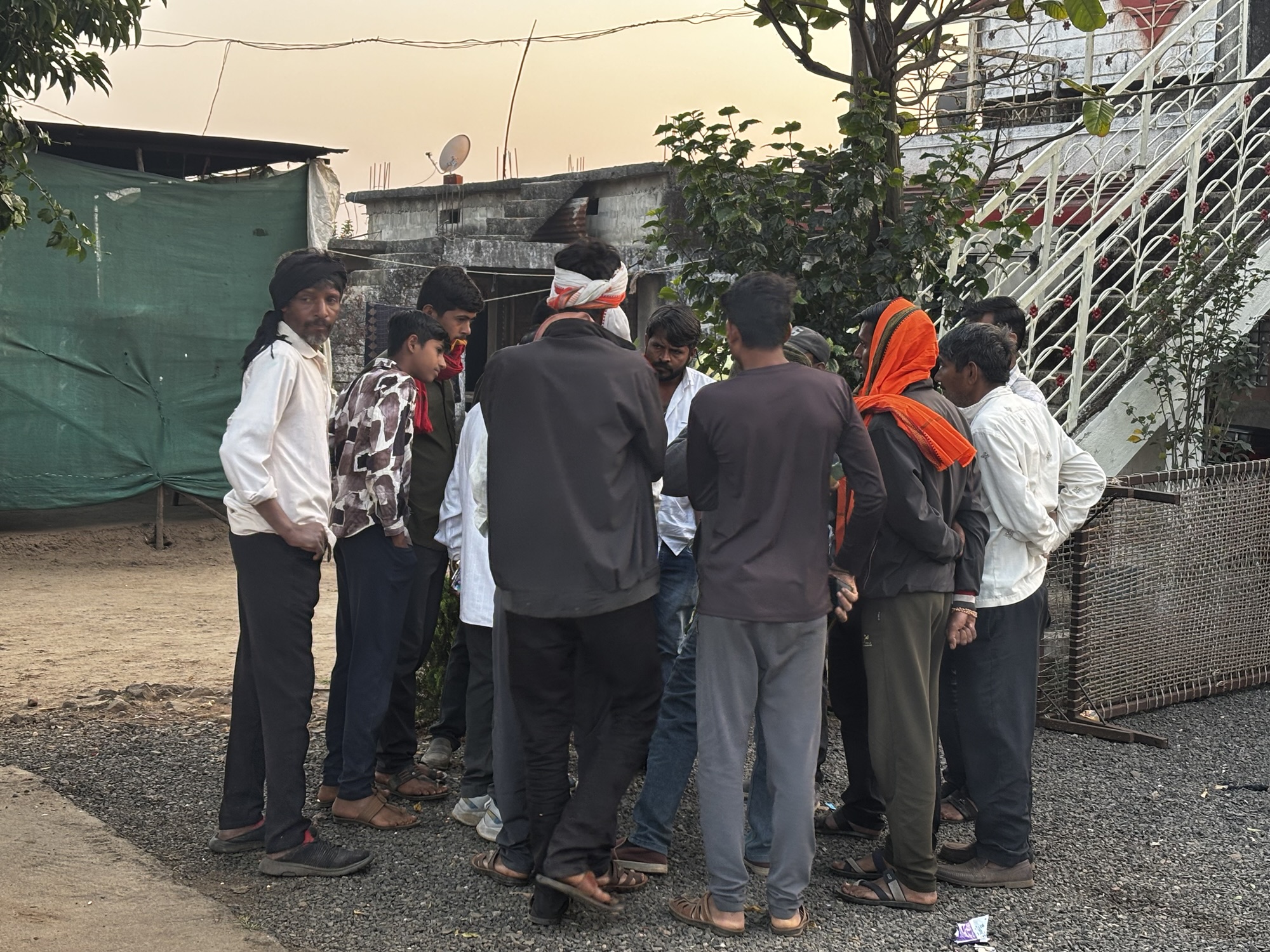India’s kharif crop sowing is making good progress this year. Farmers have planted crops across 89.29 lakh hectares, which is a rise from 87.29 lakh hectares last year. This shows an increase of about 2.15%. The Agriculture Ministry’s latest data highlights this growth. The increase is seen in various crops such as paddy, pulses, oilseeds, millets, and sugarcane. However, cotton and jute have shown a slight decline in coverage compared to last year.
Soybean has seen the most significant jump in acreage among oilseeds, rising by 0.66 lakh hectares. In the pulse category, crops like arhar, moong, kulthi, and moth bean are performing well. Unfortunately, uradbean is the only pulse that is not showing positive growth.
Agriculture Minister Shivraj Singh Chouhan has expressed the government’s commitment to 100% procurement of urad, arhar, and masur across all states. This initiative aims to encourage more farmers to cultivate pulses. Pulses are crucial for India as the country is a large consumer and producer. However, it still relies on imports to meet its consumption needs. The main pulses consumed in India include chana, masur, urad, kabuli chana, and tur pulse.
India has three main cropping seasons: Kharif, Rabi, and Summer. Kharif crops, sown in June and July, are mainly dependent on the monsoon. They are harvested from October to November. Rabi crops are sown in October and November and harvested from January onwards. Summer crops are produced between Kharif and Rabi.
The success of Kharif crops relies heavily on monsoon rains. The India Meteorological Department (IMD) has forecasted an above-normal southwest monsoon this year. According to IMD, the rainfall for September 2024 is expected to be around 109% of the long-period average. Private forecaster Skymet also predicts a normal monsoon.
Looking at the summer crop sowing, as of May 30, 2025, the total area sown has reached 83.93 lakh hectares. This is a significant increase of 9.21 lakh hectares compared to last year’s 74.72 lakh hectares. Notably, rice cultivation has risen to 35.86 lakh hectares from 31.06 lakh hectares, indicating a strong push in paddy cultivation this summer.
Pulses have also shown good growth this year, reaching 24.25 lakh hectares, up from 21.48 lakh hectares last year. Greengram (Moong) leads this category with an increase to 21.00 lakh hectares from 18.74 lakh hectares. Blackgram (Urad) has also seen growth, rising to 3.07 lakh hectares compared to 2.57 lakh hectares last year.
In the coarse cereals category, the area has increased to 14.37 lakh hectares in 2025 from 12.95 lakh hectares in 2024. Oilseed cultivation has also seen a modest rise, reaching 9.45 lakh hectares from last year’s 9.23 lakh hectares.
Overall, the increase in crop area is a positive sign for Indian agriculture. The government’s initiatives and favorable weather conditions play a crucial role in this growth. Farmers are encouraged to continue their efforts, especially in pulse cultivation, to meet the country’s consumption needs and reduce dependency on imports.





